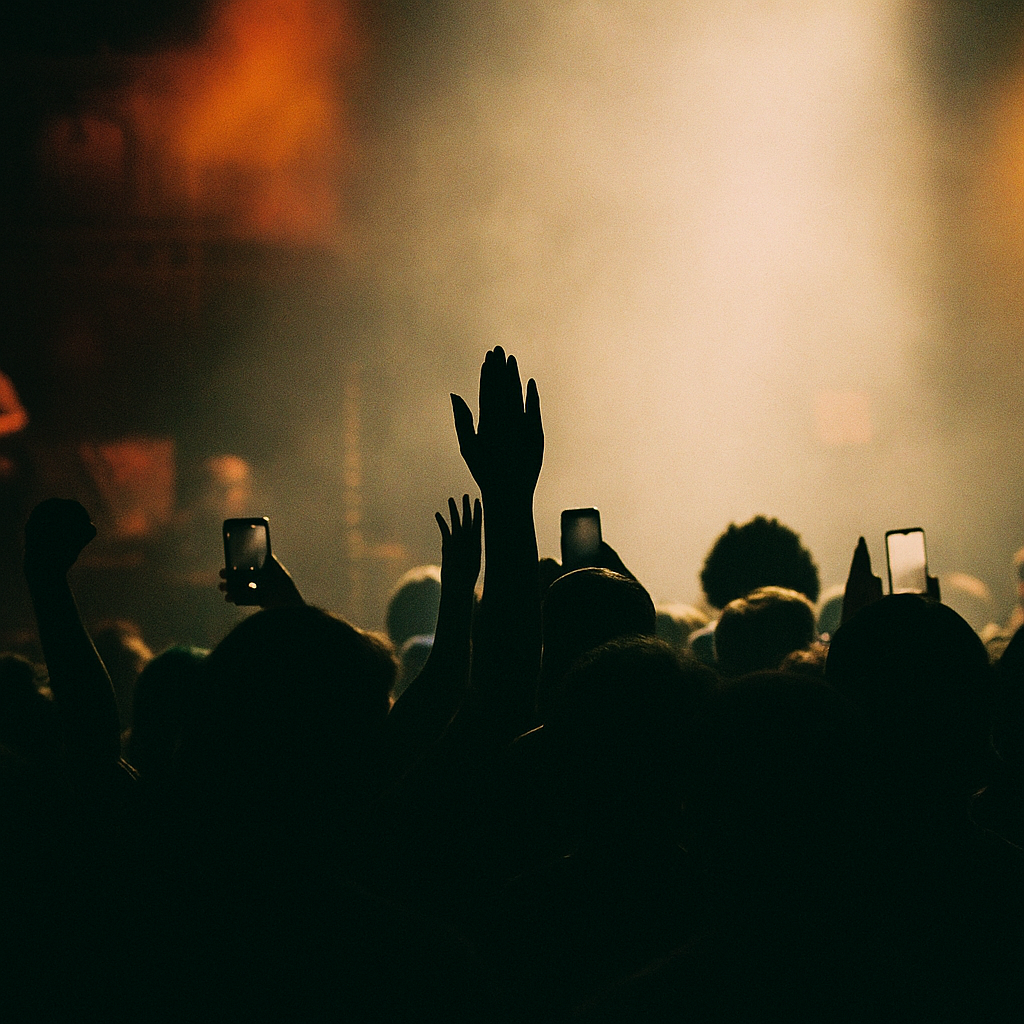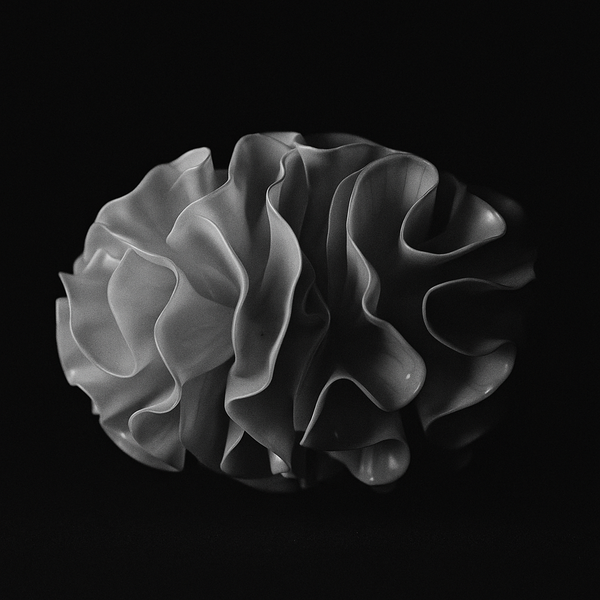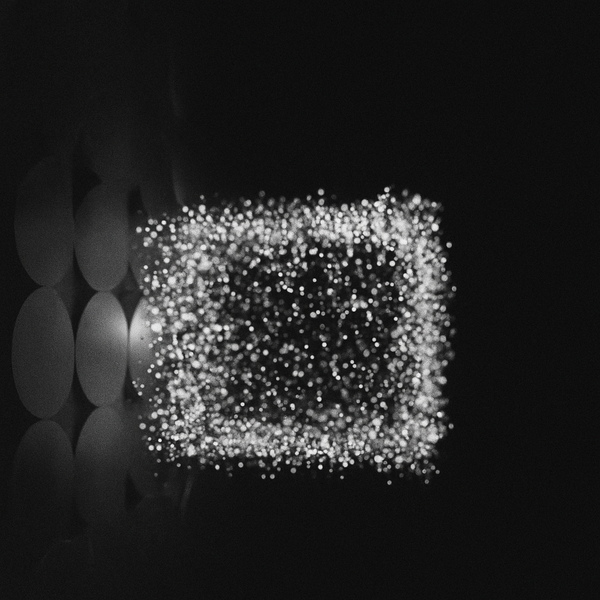Finding Connection in the Darkness: Ghostface Killah and Monster Art

Something beautiful happens when Ghostface Killah steps on stage in 2026 for his North American tour. Not beautiful like a sunset—beautiful like finding out your weird neighbor who collects vintage calculators also loves the same obscure Japanese game show you thought nobody else knew about. It's the specific kind of human connection where you realize we're all trying to find our people in the dark.
The Wu-Tang legend's upcoming tour isn't another victory lap through his catalog. Following the August 2025 release of Supreme Clientele 2, Ghost brings his razor-sharp storytelling to intimate venues across January and February 2026—Webster Hall, The Fillmore, rooms where you can see expressions change mid-verse. These aren't arenas where the artist becomes a distant figure on stage. These are spaces where vulnerability becomes visible.
And visibility matters here. Ghostface had planned "Supreme Sessions: Conversations with Ghost" for November 2025—events built entirely around dialogue, Q&A, tearing down the wall between performer and witness. The government shutdown postponed them, but the ambition remains revealing: Ghost wants to be seen, to create space where fans can show up fully and be seen too. In hip-hop, where armor is currency, this is radical.
Meanwhile, in a studio somewhere else entirely, artist Nikola Matkovic paints monsters. Not the cute Pixar kind—we're talking creatures with too many teeth, asymmetrical faces, beings crawling out of a medieval monk's fever dream after bad mushrooms. His gritty monsters even appear on Magic: The Gathering cards from the Warhammer 40,000 Commander crossover, giving his dark fantasy art a life in popular games.
What connects a hardcore rapper to an artist painting monsters for fantasy games? Both use darkness as a flashlight to show us what's really there. Both understand the scariest stories center on belonging, horror and beauty aren't opposites but dance partners, and sometimes you need to dress up as something frightening to feel seen.
Think about it: Ghostface built his entire persona on being simultaneously terrifying and vulnerable. His verses swing from violent imagery to raw emotion about family, from street tales to Supreme Clientele's surrealist word soup making perfect emotional sense. He's always been hip-hop's monster artist, painting pictures so vivid they're uncomfortable, then pivoting to something so human it hurts.
Supreme Sessions—whenever those events get rescheduled—would make this explicit. They'd create literal space for fans to engage with someone who's spent decades turning personal darkness into communal light. But even in standard concert format, Ghost's work asks: "Are you with me? Do you see what I see?" It's the same question Matkovic's monsters ask when they stare out from their canvases with their multiple eyes, daring you to look closer at the darkness.
This is what art does in 2026—it refuses to let us be passive. We can’t consume anymore; we have to participate, choose sides, admit we see ourselves in the monster or the artist or both. The traditional fourth wall hasn't been broken; it's been recycled into a community garden where everyone plants something.
The economics fascinate me too. Supreme Sessions required entirely different setups from concerts, creating genuine dialogue rather than performance—expensive, risky, could fail spectacularly if crowds don't engage. But vulnerability at scale—who does this anymore? Similarly, Matkovic's monster paintings don't follow market logic. Who's the target audience for creatures looking like they escaped from Hieronymus Bosch's anxiety journal? Yet they find their audience, because someone always recognizes themselves in the loneliest monster.
Both artists—one in music, one in visual fantasy—ask the same question through their work: What do we do with the parts of ourselves we don't want to see?
The answer, apparently: make art about them. Invite strangers to witness it. Turn isolation into connection through the simple act of admitting we're all a little monstrous, all trying to solve the mystery of being human, all hoping someone in the crowd will recognize something true in the darkness we're showing them.
Next time you're at a show in an intimate venue, notice how the room changes things. Next time you see art making you uncomfortable, look closer. You might be both observer and participant, and we're back to the most human thing of all.
Because here's the small truth hiding in this darkness: Connection doesn't require beauty or goodness or even understanding. It requires showing up as whatever creature you are today, being willing to witness someone else's truth, seeing yourself in the painted monster's too-many eyes, and knowing someone else in this vast, weird world gets it too.
References
- https://www.ticketnews.com/2025/10/ghostface-killah-tickets-on-sale-in-new-york-at-webster-hall
- https://www.newyorkdailyledger.com/article/859820307-ghostface-killah-announces-supreme-sessions-conversations-with-ghostface
- https://www.jambase.com/band/ghostface-killah
- https://en.wikipedia.org/wiki/Supreme_Clientele_2
- https://www.creativebloq.com/art/digital-art/this-artists-gritty-approach-finds-beauty-in-dark-places
- https://www.brooklynvegan.com/ghostface-killah-announces-2026-tour
Models used: gpt-4.1, claude-opus-4-1-20250805, claude-sonnet-4-20250514, gpt-image-1




